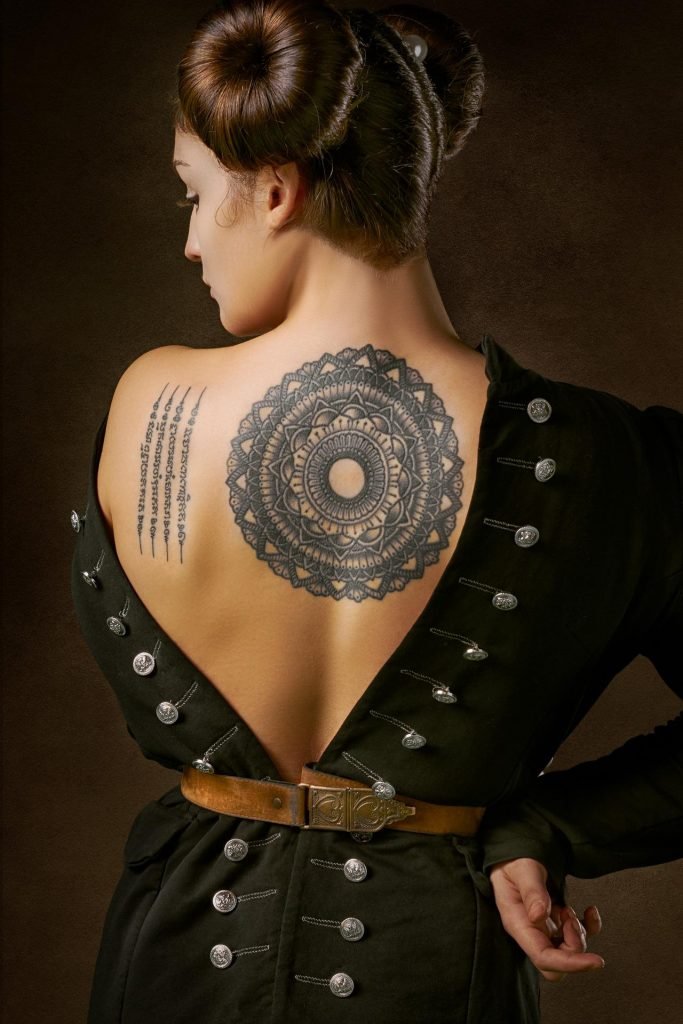“In photography there is a reality so subtle that it becomes more real than reality.”
Ninety years ago, at the 1925 Leipzig Spring Fair in Germany, camera was launched that was destined to change the face of photography. This was a time when it was still common for glass plates to be used in cameras, and those that took roll film were thought of as miniatures. So imagine the culture shock when a still photography camera was produced to take 35mm movie film.
The Leica was by no means the first 35mm camera, but it was the first to make 35mm truly viable, leading to the most popular film format ever.
Camera Tattoos
Once photographing meant a large box camera on a tripod, shifting film plate after each shot – & working with a dark cloth over your head and the Camera Tattoo.
But then something happened…
The Leica was extremely compact & could be fitted with a very high quality lens. That enabled photographers to work in ordinary outdoor settings with available light. It was always instantly ready to capture life and action effortlessly. From any angle with the photographer often able to remain unnoticed.
Barnack’s Camera
Oskar Barnack was headhuntet from Carl Zeiss to be the manager of the Research & Development Department at Leitz. He became the designer of the Ur-Leica which he made two (possibly three) samples of in the period 1912-1913. With the purpose to test film stock and/or lenses for movie films. Or perhaps because he couldn’t carry the traditional large plate cameras and wanted a smaller camera for him self. Barnack was a film geek and moving pictures was the new revolution back in early 1900’s.



